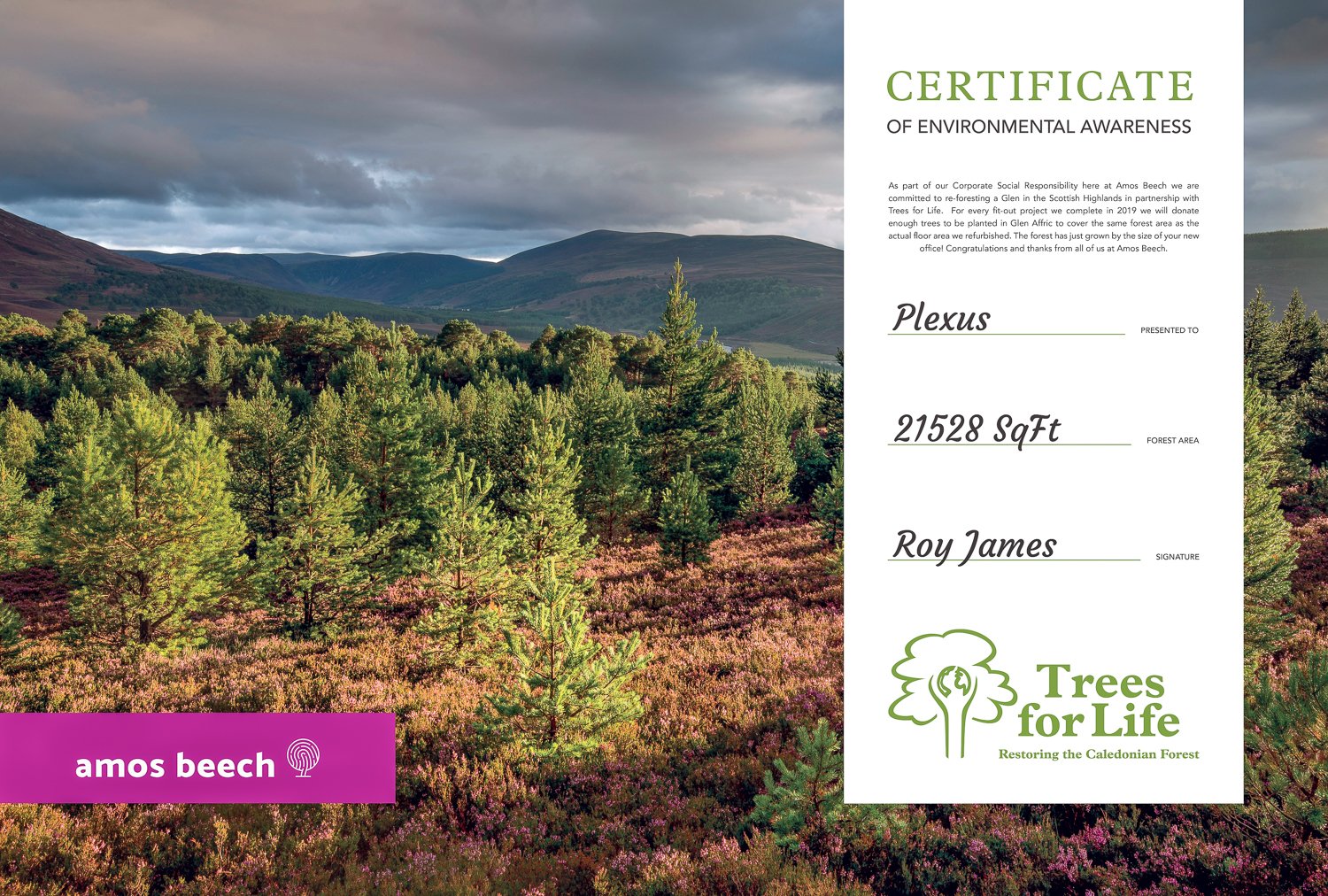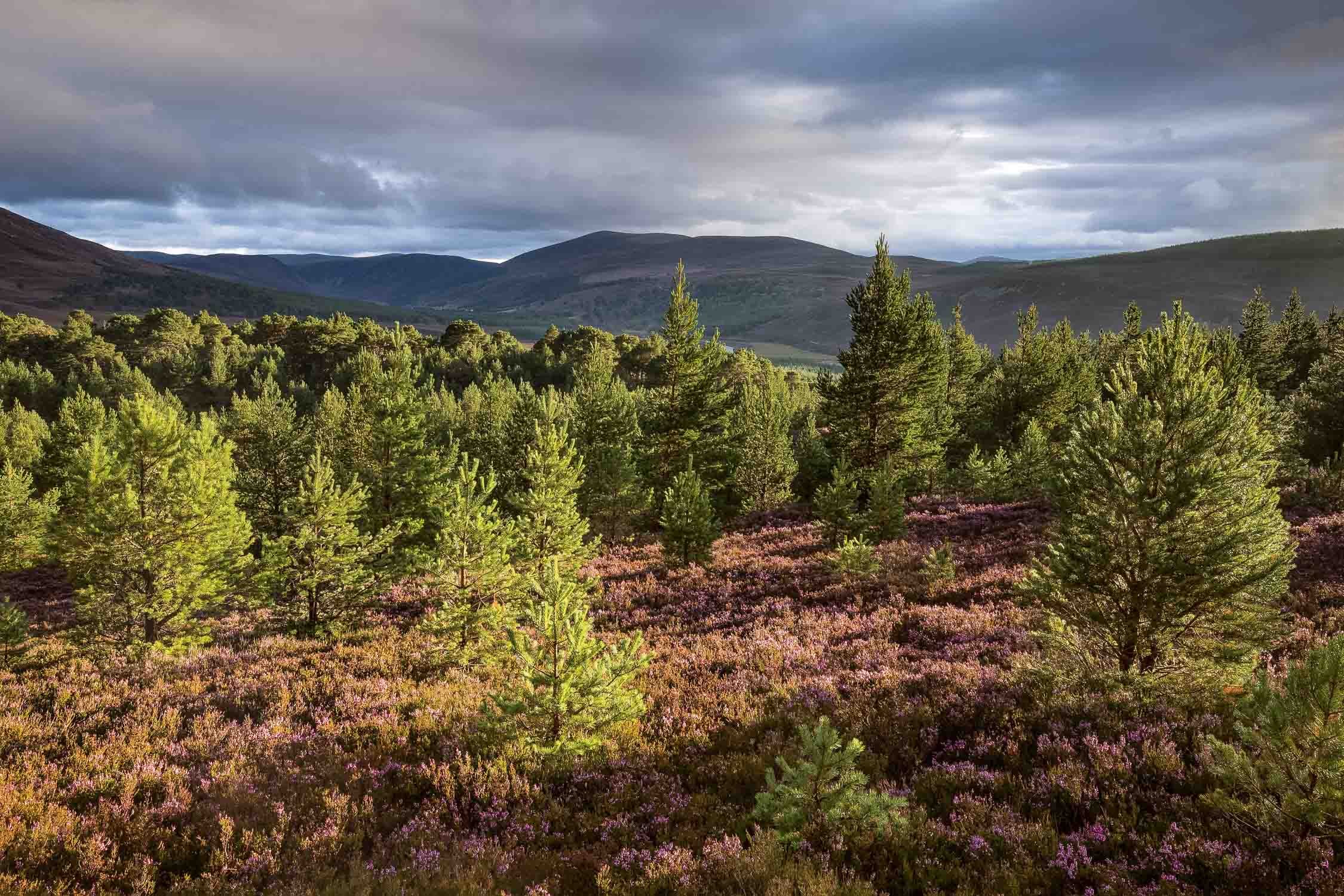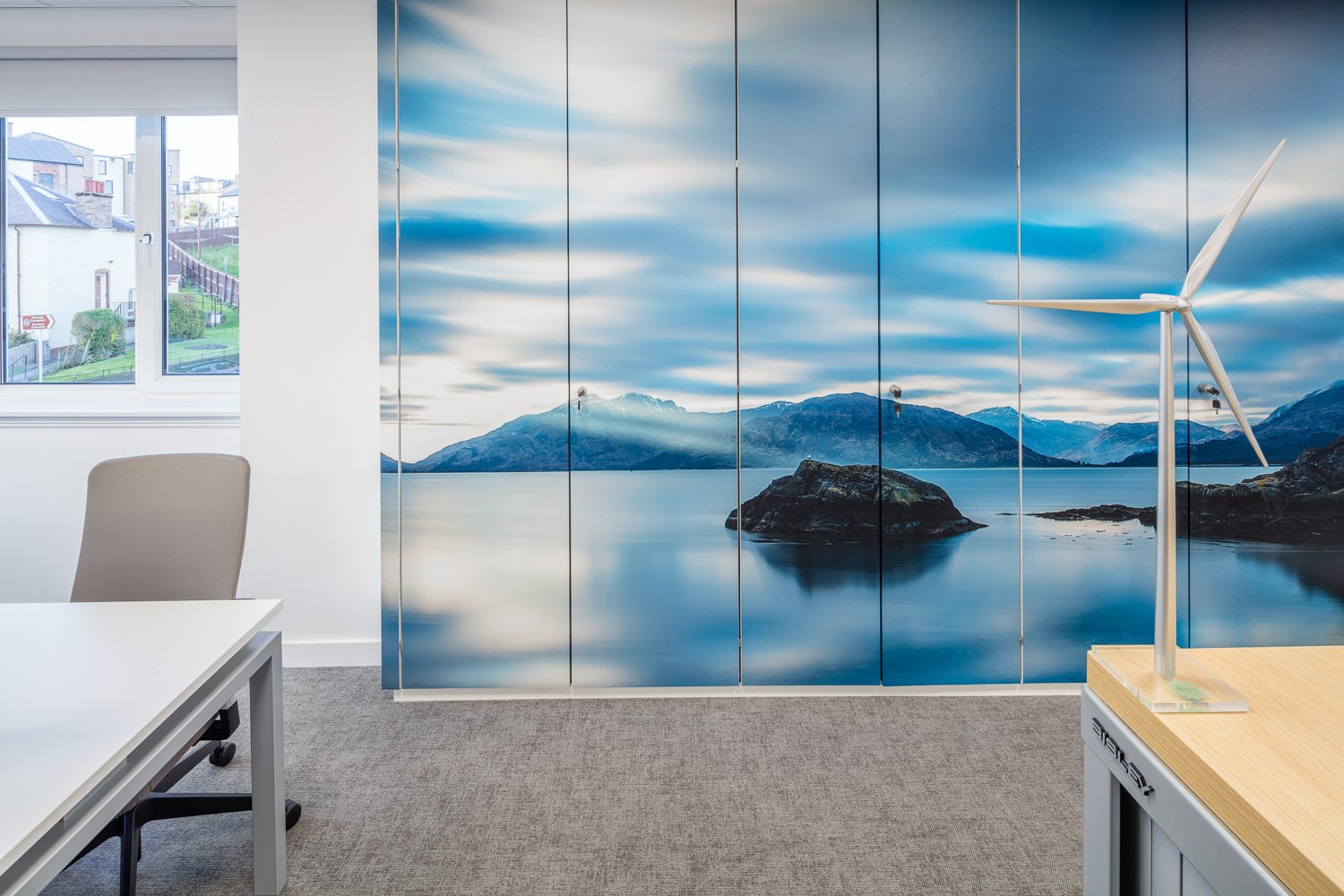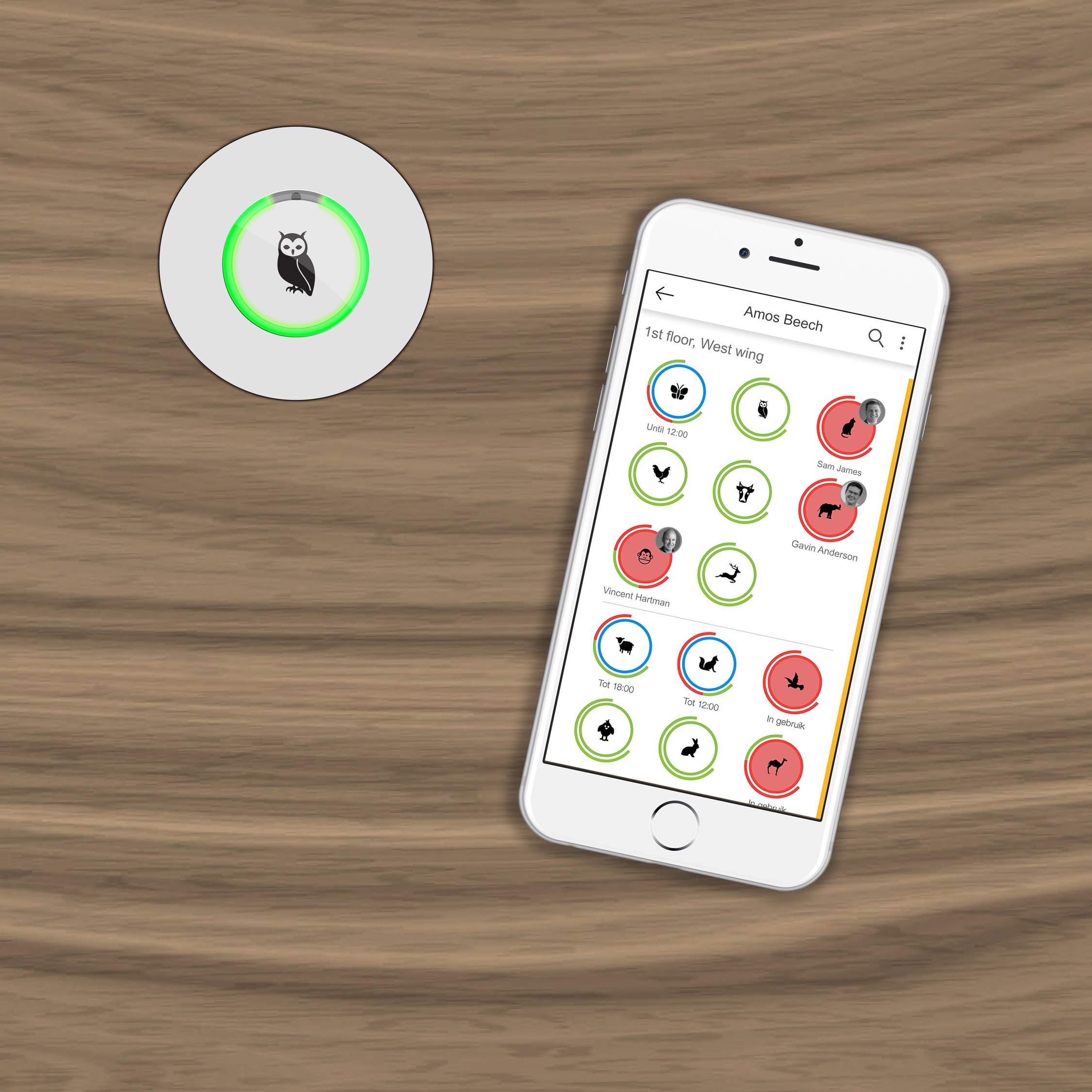Biophilia within the workplace
The resurgence of the theory of biophilia and, more recently, biophilic design is more relevant than ever. We, as humans, have a deep-rooted attraction towards nature; and only in the last century has it become possible for people on mass to trap themselves in concrete jungles. One location, in particular, that has associations of estranging humans away from nature is the workplace. Consequently, within the commercial workplace setting, we are now experiencing a catalyst of hazy borders between the outdoors and indoors.
Biophilia within the workplace
Bringing the outdoors indoor isn’t a new development; the Chinese have been growing plants indoors as a symbol of wealth from as early as 1,000 B.C. Even in the UK during the Victorian Era the creation of glasshouse, due to the industrial revolution, allowed explorers to flourish exotic plants that they brought back home from their travels. However glasshouses were only obtainable for the social elite, for most householders biophilia was achieved through wallpapers that portrayed botany inspired patterns. These wallpapers became the most important element to interior decoration in a residential setting at that time.
These hazy borders between the outdoor and indoor have a distinct correlation with the borders between residential and commercial environments. This highlights the loss of singularisation of spaces in our contemporary society, instead with the domination of use value to embrace a fluid approach. Subsequently, as we nomadically roam, there is a constant yearning to feel connected to the surrounding landscapes, as it will support our fluid experiences, ensuring that a constant feeling of comfort is maintained.
A situational value is put on the consumption of space, with transitional spaces adding emphasis to the flexibility. It has been said that being geographically mobile will be a defining feature of the new elite; workplaces interiors will surpass the norm of commercialism through the deconstruction of convention, to allow the surrounding environment to envelop a lifestyle that is sprinkled with essences of home and the outdoors. This design approach highly values environmental empowerment that is directly linked to psychological comfort.
Biophilic design
The most direct experience of nature in a built environment would be to have vegetation and flowering plants in the workplace. A study at Cardiff University stated the placement of living plants in a workplace setting improved productivity by 15%. The presence of plants is also known to reduce stress, enrich physical health and improve comfort. Additionally, the notion of comfort has many indirect experiences with nature to achieve biophilia, such as simulating natural light and air; they must be appropriate to each setting to help ensure functional wellbeing at work. By balancing environmental demands with skills and abilities, of employees on how they use their workplace, will create the optimal environment for creativity and flow.
To visually portray nature would be to simulate and construct out from the natural patina of materials such as leather, stone, copper, bronze and wood; that provokes positive visual and tactile responses. The choice of materiality, colours, naturalistic shapes and forms must be carefully considered to achieve biophilia and enable the fluidity within the lifestyles and movements of the modern man. For instance, an interior that appears light and airy may have translucent facades that open up for ventilation and movement, consenting to visual internal transparency. This dematerialisation projects to employees a focus on accessibility rather than ownership and possession.
As more workplaces are adopting agile working and open office configuration, it can be translated to creating internal transparencies across once traditional organisation to drive collaboration, integration and foster a sense of belonging. This is appropriation of an experience of space and places namely, mobility and way finding, as employee’s comfort and wellbeing is dependent on free movement. It can be achieved with stairs and ramps carefully integrated with platforms, seating and plans, allowing employees to flow through effortlessly.
Prevalently, in more recent times there has been a shift of attention to sustainability and the environment. There has been more demands for products to be sustainable, many manufactures have been developing different techniques to up-cycle materials. Biophilic design must have ethical value that cares for the sustainability of nature and must commit to maintaining a healthy relationship.
Biophilic design, within the workplace, is about creating wholesome habitats for employees, those that are istigkeit to natural forces. The istigkeit of biophilia isn’t superficial; it has many tangible layers and levels to evoke similar feelings one gains from the earth. Especially as management style are moving away from autocratic, towards an inclusive and collective approach. It is evident that this design methodology has enriched workplaces to increase productivity and boost overall moral; by incorporating biophilia in to a design scheme is less seen as a luxury and more of a commodity to improve employee wellbeing.
Text and images: Design Team
Publication date: August 22, 2017

































